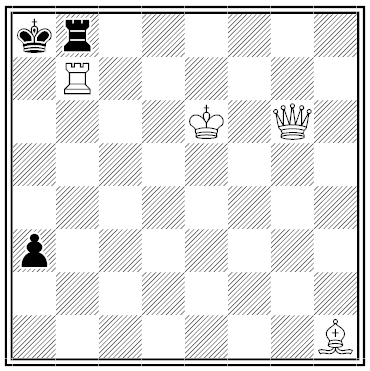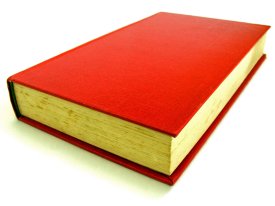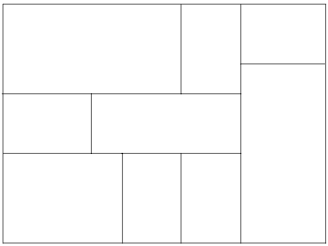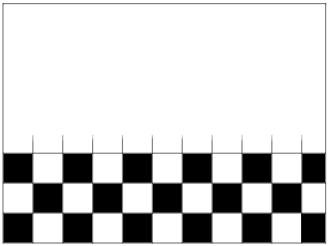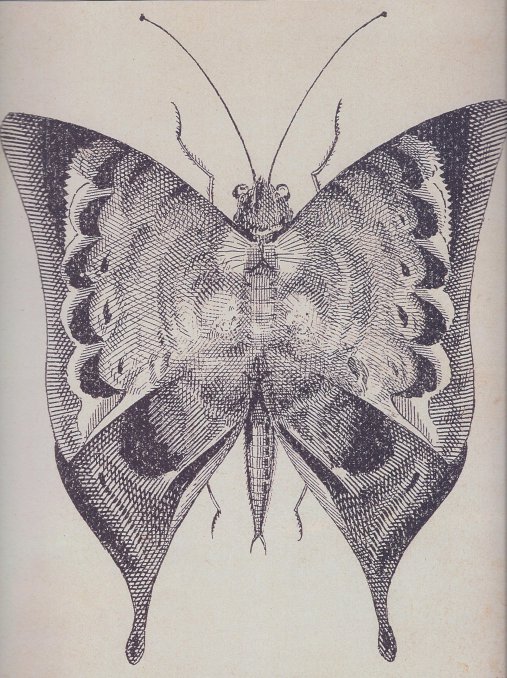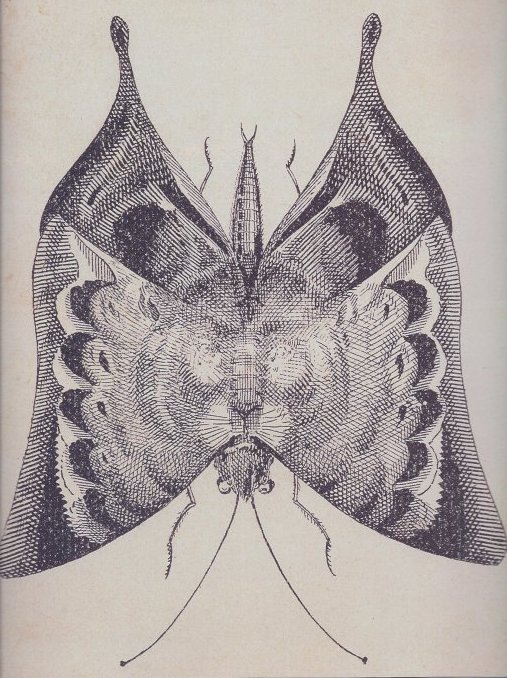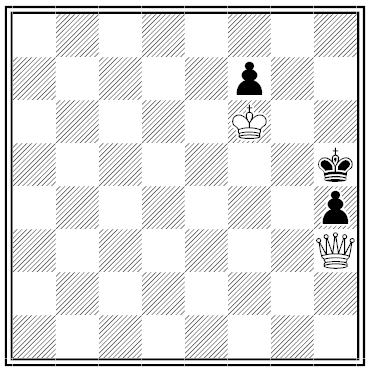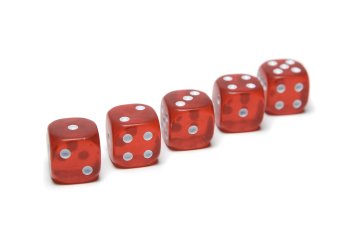Puzzle maven David Singmaster presented this conundrum at the first Gathering for Gardner:
My daughter Jessica is 16 and very conscious of her age. Our neighbour Helen is just 8, and I teased Jessica by saying, ‘Seven years ago, you were 9 times as old as Helen; six years ago, you were 5 times her age; four years ago, you were 3 times her age; and now you are only twice her age. If you are not careful, soon you’ll be the same age!’
Jessica seemed a bit worried, and went off muttering. I saw her doing a lot of scribbling.
The next day, she said to me, ‘Dad, that’s just the limit! By the way, did you ever consider when I would be half as old as Helen?’ Now it was my turn to be worried, and I began muttering — ‘That can’t be, you’re always older than Helen.’
‘Don’t be so positive,’ said Jessica, as she stomped off to school.
Can you help me out?
He withheld the answer, but I think I see it.

